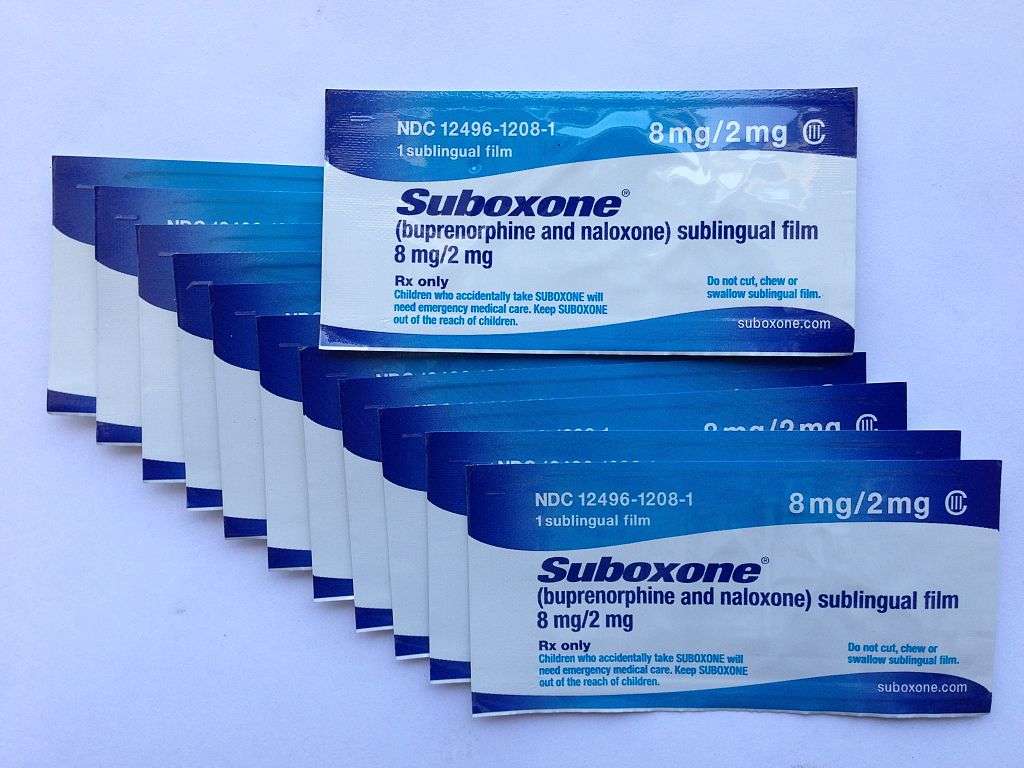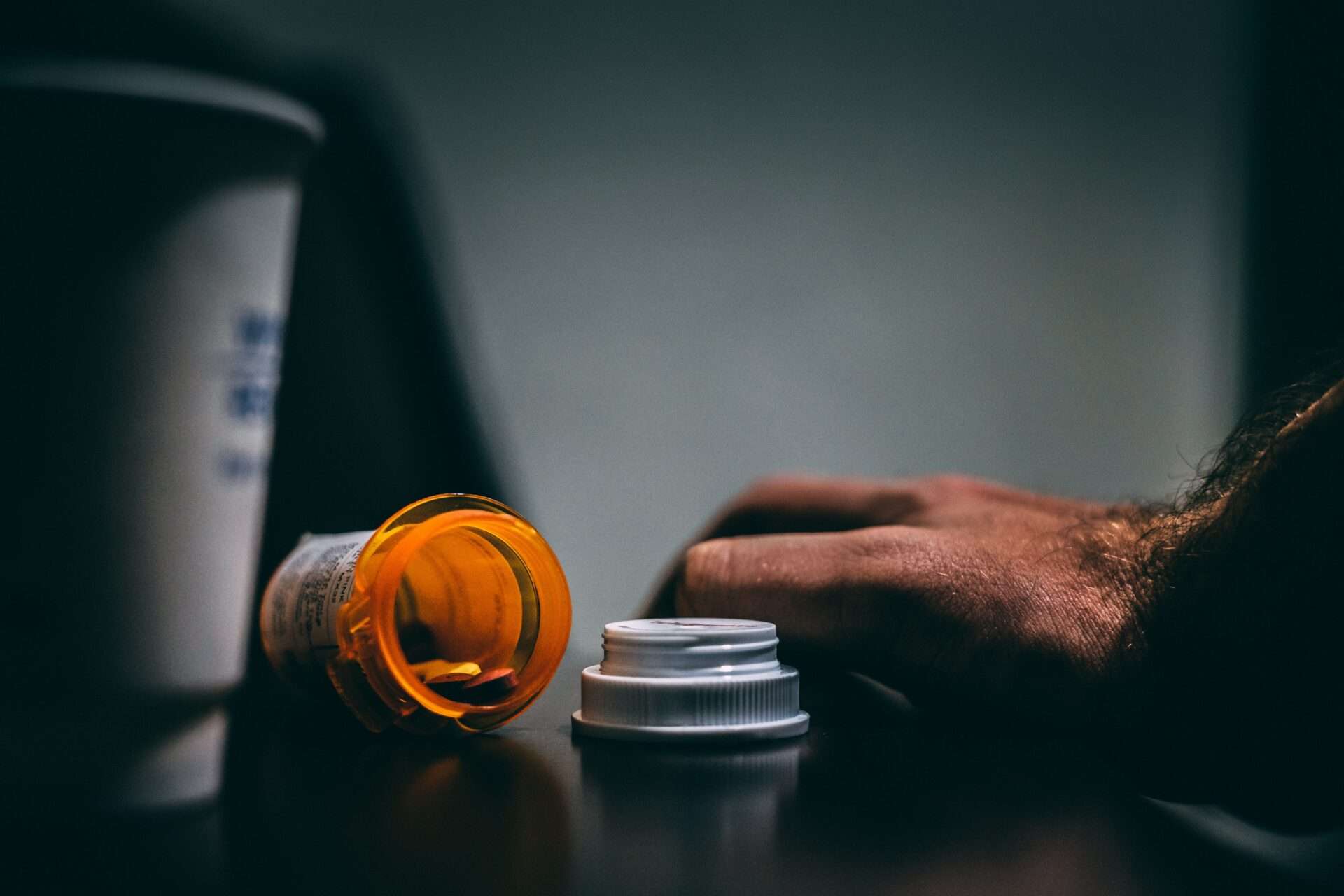

Suboxone treatment has emerged as a valuable weapon in the fight against opioid dependence, which typically requires a multifaceted approach. Suboxone, a combination of buprenorphine and naloxone, has garnered recognition for its efficacy in alleviating withdrawal symptoms and minimizing cravings, thereby assisting individuals on the road to recovery. Important to the success of Suboxone treatment is the duration of treatment, a factor that can have a substantial impact on therapeutic outcomes and long-term abstinence.
Determining how long a patient should take Suboxone is a complex issue that is explored in this article in order to help patients and healthcare professionals make wise decisions on the road to recovery.
Understanding Suboxone Treatment
Suboxone, a combination medication composed of buprenorphine and naloxone, has emerged as a cornerstone in the treatment of opioid addiction. Buprenorphine, a partial opioid agonist, attaches to the same receptors in the brain that opioids target. It does, however, activate these receptors in a milder way, which means it reduces withdrawal symptoms and cravings without giving you the intense high that opioids do. Naloxone, on the other hand, serves as an opioid antagonist, discouraging misuse by blocking the euphoric effects of opioids if Suboxone is taken improperly.
Effectiveness in Reducing Withdrawal Symptoms and Cravings
Suboxone’s capacity to lessen the severe withdrawal symptoms that frequently discourage people from quitting opioids is one of its main advantages. These symptoms, which can range from debilitating pain to severe psychological distress, exacerbate the cycle of addiction. By partially activating opioid receptors, the buprenorphine in Suboxone reduces these symptoms and calms the body’s withdrawal symptoms.
Additionally, Suboxone’s impact on cravings cannot be understated. Even after initial detoxification, the constant cravings for opioids frequently cause relapses. Suboxone helps people regain control over their impulses and gives them the stability they need to participate more effectively in counseling, therapy, and the overall recovery process by attaching to receptors and reducing cravings.
Suboxone functions as a two-pronged approach: by reducing cravings and easing withdrawal symptoms, it provides a stabilizing force in the difficult journey of opioid addiction recovery.
Factors Influencing the Duration of Suboxone Treatment


The ideal Suboxone treatment time varies from person to person and depends on a variety of physical, mental, and medical factors. Here are some important factors that have a big effect on how long suboxone therapy lasts:
Physical Dependence and Opioid History
Severity of Opioid Dependence
The extent of an individual’s opioid dependence is critical in determining how long they may require Suboxone treatment. Those with a history of long-term opioid use may require a longer treatment period to allow their brain and body to gradually adapt to reduced opioid stimulation.
Duration and Type of Opioid Use
The length of treatment depends on the individual’s history with opioids, including the type of opioids they used and how long they used them for. Long-term opioid use can cause more significant neurological changes that may take some time to reverse.
Individualized Treatment Plans
Personalized Approaches
Individualized treatment plans are required because every person’s journey through addiction is unique. The ideal length of Suboxone therapy can vary depending on a person’s sensitivity to medication, medical conditions, and co-occurring mental health disorders.
Mental Health and Medical Factors
Patients who have underlying mental health problems like anxiety, depression, or trauma may need more time in treatment to address these complicated issues in addition to their addiction. Similar to how certain medical issues can affect how the body reacts to medication, a treatment plan may need to be adjusted.
Psychological and Behavioral Aspects
Psychological Factors
Emotional and psychological factors significantly affect the length of Suboxone treatment. Extended therapy may be beneficial for people who have a history of relapses or who lack social supports in order to strengthen coping mechanisms and build resilience to triggers.
Therapeutic Engagement
Recovery from addiction depends heavily on therapy, counseling, and behavioral interventions. Patients who actively participate in these aspects of treatment typically experience better outcomes, and the development in these areas can affect choices regarding tapering off Suboxone.
Medical Supervision and Progress Monitoring
Medical Supervision
Determining the ideal time frame for Suboxone treatment requires the participation of medical professionals. Regular evaluations enable medical professionals to assess the patient’s response, determine whether dosage adjustments are necessary, and determine whether the patient is ready for tapering.
Progress Monitoring
Monitoring a patient’s development is a continuous process. Decisions about tapering off Suboxone are based on a consistent evaluation of behavioral, psychological, and physical changes. Depending on how well the patient is adjusting to life without opioids, adjustments are made.
Short-term vs. Long-term Treatment
Decisions about the length of the treatment become crucial in determining how a person’s recovery will develop as they start their journey of Suboxone treatment. There is no one-size-fits-all solution for choosing between short-term and long-term treatment; instead, each patient’s situation and needs should be carefully taken into account.
Short-term Treatment
People with a milder opioid addiction, a shorter history of opioid use, and minimal withdrawal symptoms may benefit from short-term Suboxone treatment. This method may also be appropriate for people who need assistance during a difficult time in their lives but do not anticipate a long-term requirement for medication-assisted treatment.
Short-term treatment can serve as a bridge between the most difficult phases of withdrawal and early recovery. It provides the opportunity to stabilize without committing to an extensive treatment program. But once the medication is stopped, there is a risk of relapse, especially if underlying psychological issues are not adequately addressed.
Long-term Treatment
People with more severe opioid dependencies, long histories of opioid use, or multiple relapses are frequently advised to stay in treatment for longer periods of time. Long-term care may be beneficial for patients with co-occurring mental health disorders in order to address both addiction and underlying psychological problems.
The potential to replace one addiction with another is a common concern. However, the careful administration of Suboxone while under medical supervision lowers the risk of abuse. Patients who receive long-term care can focus on rebuilding their lives, adopting healthier habits, and receiving intensive therapy.
Patient-Centered Decision Making


Get the help you deserve today. Start your journey to recovery by contacting us!
A patient-centered approach that gives people the power to actively participate in shaping their recovery journey is essential to the success of Suboxone treatment. Involving patients in the decision-making process ensures that their treatment is in line with their needs, preferences, and aspirations while taking into account the specifics of each person’s circumstances.
Advocating for Patient Involvement
Giving patients the freedom to actively participate in decisions about their care encourages a sense of ownership and dedication to the healing process. Involving patients in discussions about treatment duration demonstrates that healthcare providers value the patient’s knowledge of their own experiences and preferences.
Significance of Open Communication
It is crucial that patients and healthcare professionals communicate effectively. Patients are free to express their worries, goals, and uncertainties in an environment of trust and collaboration. Healthcare professionals can customize treatment plans by exchanging information and taking into account physical, psychological, and social factors.
Encouraging Questions and Concerns
Regarding the length of their Suboxone treatment, patients should feel free to voice any questions or concerns. A well-informed patient is better able to make choices that support their healing objectives. Patients actively participate in determining their course of treatment by asking questions about available options, possible outcomes, and any uncertainties.
Finding Balance
While patient involvement is important, it is also critical to strike a balance between patient preferences and medical knowledge. Professionals in the medical field offer helpful insights into the medical aspects of treatment duration, ensuring that choices are based on both medical expertise and individual circumstances.
Long-Term Impact
Patient-centered decision-making is used after the initial stages of treatment. Giving patients choice and control over their care increases their chances of staying sober and leading a healthier life.
Final Thoughts on How Long Should I Stay on Suboxone?
Suboxone treatment is a successful way to reduce cravings, lessen withdrawal symptoms, and help people get over their opioid addiction.
The right length of treatment depends on many things, including how bad the opioid dependence is, the person’s history, any other conditions they may have, their mental health, and their medical supervision.
Patient involvement in treatment decisions is vital, fostering open communication, empowerment, and informed choices.
There is no one-size-fits-all strategy for Suboxone treatment. Individualized treatment plans that take into account the specific circumstances of each individual are essential for success. Whether short-term or long-term, a tailored approach addresses the challenges of addiction, mental health, and personal history, setting the stage for sustained recovery.
When considering the duration of Suboxone treatment, it is important to remember that this journey is best navigated with the help of healthcare professionals. Your medical team has the knowledge to evaluate your needs, collaborate on treatment decisions, and provide the necessary assistance to ensure your success. Never be afraid to voice your concerns, ask questions, or take an active role in creating your own recovery path.
Do you want to know more? Read more relevant articles: Suboxone and Sleepiness
If you are having trouble with opioid abuse and need help, the National Addiction Specialists is here to help. You can chat with a doctor from the comfort of your own home using your phone, tablet, or computer. You’ll get a personalized treatment plan and keep getting care through telemedicine until you’re fully better.
You can take steps to overcome your opioid addiction by getting in touch with us. Make an appointment right away!
Sources
Kumar, R. (2023, April 29). Buprenorphine. StatPearls – NCBI Bookshelf. https://www.ncbi.nlm.nih.gov/books/NBK459126/
Shulman, M., Wai, J., & Nunes, E. V. (2019, May 6). Buprenorphine Treatment for Opioid Use Disorder: An Overview. CNS Drugs; Adis, Springer Healthcare. https://doi.org/10.1007/s40263-019-00637-z
Suboxone (buprenorphine and naloxone). (2022, December 6). https://www.medicalnewstoday.com/articles/325827#side-effects
Suboxone (buprenorphine and naloxone). (2022, December 6). https://www.medicalnewstoday.com/articles/325827#
Guide for Families: Medications for Opioid Use Disorder – Providers Clinical Support System. (2023, August 10). Providers Clinical Support System. https://pcssnow.org/courses/guide-for-families-medications-for-opioid-use-disorder-2/
Buprenorphine. (n.d.). https://www.samhsa.gov/medications-substance-use-disorders/medications-counseling-related-conditions/buprenorphine
Grinspoon, P. (2021, October 7). 5 myths about using Suboxone to treat opiate addiction. Harvard Health. https://www.health.harvard.edu/blog/5-myths-about-using-suboxone-to-treat-opiate-addiction-2018032014496
How long does it take for Suboxone to start working? (n.d.). Drugs.com. https://www.drugs.com/medical-answers/long-suboxone-start-working-3557484/
ASAM Pocket Guidelines and Patient Guide – ASAM Opioid Patient Guide 2020. (n.d.). https://eguideline.guidelinecentral.com/i/1275542-asam-opioid-patient-guide-2020/0
UpToDate. (n.d.). UpToDate. https://www.uptodate.com/contents/opioid-use-disorder-treatment-overview#H2222785086
What factors influence retention in buprenorphine and methadone treatment? (2022, April 21). Recovery Research Institute. https://www.recoveryanswers.org/research-post/factors-influence-retention-buprenorphine-methadone-treatment/













